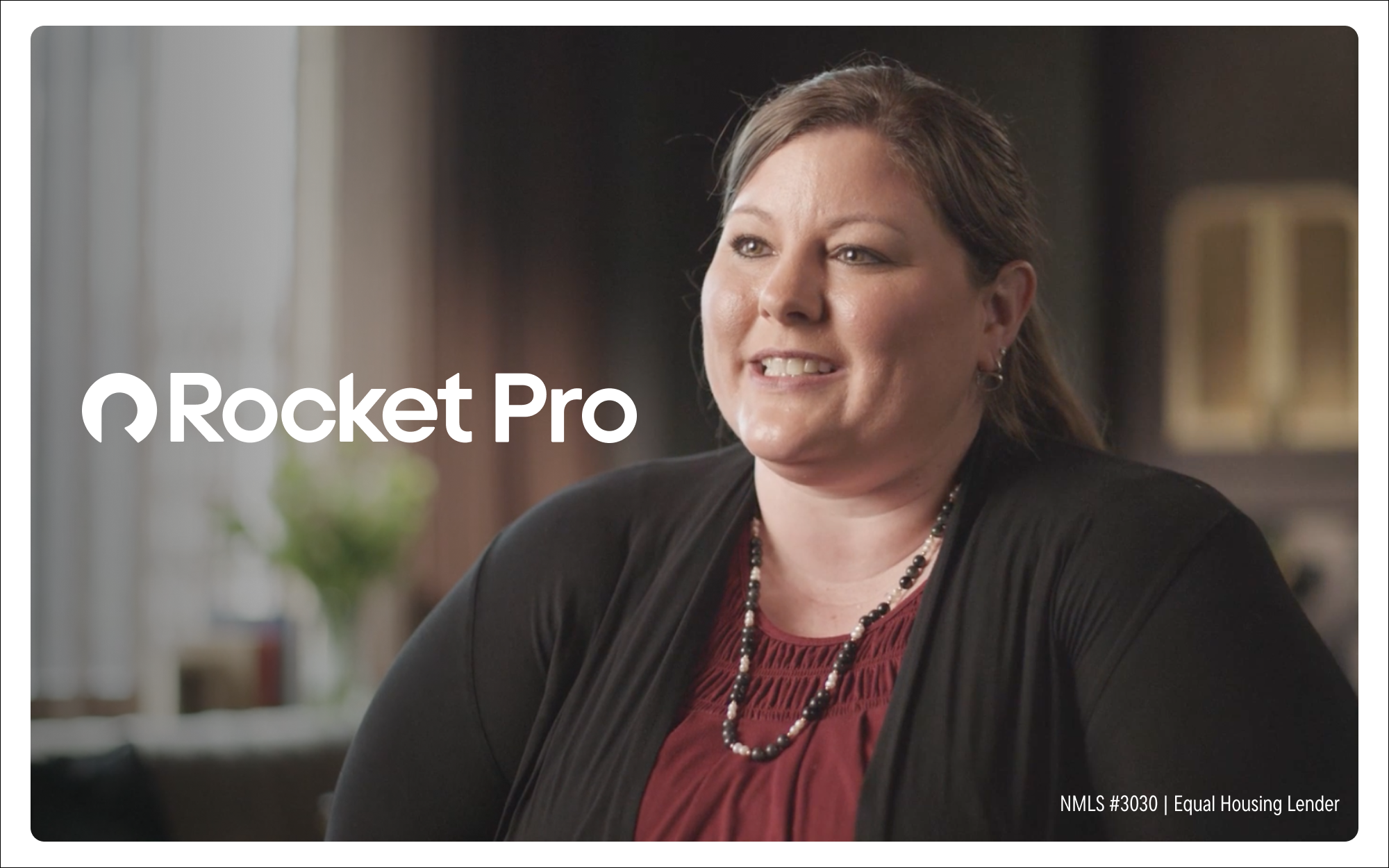CRE lending is down, but should community banks see it as an opportunity to win business that the megabanks won’t take?
CRE Lending: Challenge or Opportunity?
April 08, 2024 / By Beth Mattson-Teig
CRE lending is down, but should community banks see it as an opportunity to win business that the megabanks won’t take?
CRE lending is muted across the country, with many borrowers and lenders on the sidelines due to a variety of headwinds. Yet some community banks are hoping to take advantage of dislocation in the market to put good loans on the books and create new client relationships.
One of those banks is Seacoast Bank in Stuart, Fla. Like many banks across the country, Seacoast saw its origination volume drop sharply last year from $1 billion in 2022 to $500 million. A big reason for that lower lending volume is the chilling effect of higher interest rates on CRE transaction activity.
“In general, demand has been significantly lower from borrowers, particularly on the investment sales side,” says James Norton, executive vice president, commercial real estate at the $14.8 billion-asset community bank.
However, Norton is optimistic about stronger demand ahead in 2024 and the bank’s ability to capture new business. Seacoast is taking a more strategic, targeted approach to identifying top sponsors in its markets of Florida and Georgia that it wants to do more business with, both on the credit side and in its ancillary business lines.
“We’re not doing any just straight‑up transactional lending. Conversations these days are around, what can we be doing together long‑term from a relationship standpoint,” Norton says.
Seacoast has invested in systems, technology and people to appeal to sophisticated real estate investors and developers, and the bank is hoping that once it introduces those new customers to its platform, it’ll get a share of a sponsor’s deposits and treasury and technology associated with those deposits.
“Several well-known, high-volume CRE bank origination shops are out of the market,” Norton says. “That is obviously an opportune time to get in with folks and unstick them from their relationship banks.”
“We are certainly projecting to do some new business in 2024 to replace what’s going to be rolling off, and we’ve got our capital ratios back right where we wanted.”—Paul Pirok, Veritex Community Bank
Improving liquidity ahead
On the supply side, the banking industry generally has pulled back on CRE lending for a variety of reasons, including ripple effects from the high-profile bank failures last year and concerns about problem loans on office properties. Another challenge for banks is that existing CRE loans are lingering on their books longer than expected, causing some banks to hit their lending limits for a particular developer or property type.
Veritex Community Bank in Dallas is one CRE lender that saw very little new commercial real estate loan production in 2023. The $12.5 billion-asset community bank lends to commercial real estate developers that are active in the Dallas and Houston metros, as well as homebuilders across Texas. “That was partially due to the [real estate] market but really had more to do with our capital ratios,” notes Paul Pirok, senior managing director.
Although it is difficult to predict lending volumes in the coming year, Pirok anticipates that the bank’s lending activity will increase in 2024 as market liquidity improves. The community bank saw the pace of its loan payoffs pick up at the end of 2023 and had some significant payoffs scheduled to occur in the first quarter. Investment sales activity is expected to rise from the very low levels seen in 2023, which will help spur more loan payoffs.
“We are certainly projecting to do some new business in 2024 to replace what’s going to be rolling off, and we’ve got our capital ratios back right where we wanted,” Pirok says. “So, I see us gearing up midyear, or maybe a little earlier and [cautiously] being back in the market.”
Opportunities to make good loans
Banks that have capacity on their balance sheets to lend do see opportunities ahead to put good‑quality loans on their books that are backed by more borrower equity.
Five years ago, $27.2 billion-asset United Community was originating loans where the sponsor was typically putting in 25% equity. In some cases, that has doubled to 50%.
“We feel like in a couple of years, those assets that have that much equity are really going to be well‑performing assets on the books, and so we’re trying to take advantage of that,” explains Lisa Shelnutt, commercial real estate division manager at the Greenville, S.C., community bank.
Community banks that have the capital to lend see a good runway ahead to expand existing relationships with their best customers and get a foot in the door with new ones.
“We feel really good about where we’re positioned with the level of service we provide to our customers,” says Shelnutt. “We’re big enough to be able to do most transactions for our customers but small enough where I can text our CEO with the first name of a top customer and he’ll know exactly who I’m talking about.”
United Community serves clients across the Carolinas, Florida, Georgia, Tennessee and Alabama. “We’re more comfortable in our market where we sit in terms of taking real estate risks. But we will go out of our market for the right project and the right sponsor,” adds Shelnutt.
For example, the community bank recently originated a $22 million loan for a South Carolina-based developer that is building a new industrial property in California. “We’re a very relationship-driven bank. So, number one, we look at our relationship with a sponsor, and number two is the project,” she says.
Due to constraints on debt service coverage, many banks are lending at loan-to-value or loan-to-cost ratios of 50% to 65%. Originating conservatively underwritten loans is the “easy” part, adds Norton. “The hard part is what’s the long-term view of this relationship because we’re protective of our finite resources, i.e., our balance sheet and our capital, and we’re going to use it for the best‑in‑class sponsors who are willing to fully bank with us,” he says.
“We’re still a little more cautious than usual, but there’s no better time than when others are on the sidelines to make the best loans you’ll ever put in your portfolio.”—James Norton, Seacoast Bank
Increased appetite for term loans
Some bankers are finding new lending opportunities within CRE market challenges. For example, high interest rates have contributed to a disconnect between buyers and sellers that is delaying a sponsor’s exit strategy.
“We’re seeing some of our developers get their deals leased up and are not really happy with the price that they get for their properties in the market,” says Pirok.
Veritex sees a significant opportunity to extend those loans for two or three years and keep those loans on its books a little longer, particularly for good multifamily and industrial properties.
“We already know the project and we know the client, and that’s better than struggling to make a new loan,” says Pirok. The bank also has a desire to do more term lending with three- and five-year loans.
Seacoast Bank also would like to do more term lending in 2024, which has traditionally been a core focus for the bank’s CRE lending team. The bank provides three-year and five-year loans, sometimes going up to seven or even 10 years on term.
“Our pipeline is heavy construction at the moment,” Norton says. “I would like to balance it out more, but it is tough because construction demand is significantly higher than term, and refinances are [nearly] nonexistent.”
Although lenders are looking to make good, profitable loans, they also are well aware of the lingering challenges and risks that remain in the real estate market, including slowing rent growth, spikes in insurance costs that are putting pressure on operating expenses and pockets of oversupply in some areas. To help offset those risks, banks are aligning with quality sponsors and paying careful attention to the financial assumptions going into a deal related to income, expenses and market conditions.
“From a risk perspective, it’s still a little more challenging than it was a couple of years ago,” says Norton. “So, we’re still a little more cautious than usual, but there’s no better time than when others are on the sidelines to make the best loans you’ll ever put in your portfolio.”
Lower rates expected to spark demand
Bankers are keeping an eye on CRE lending challenges affecting both supply and demand for capital. Demand from borrowers is well off the robust pace of lending that many banks saw in 2022. MSCI Real Assets reports that volume was down 51% year-on-year for 2023 but notes that this was a fall from a temporary high in the market. Relative to the average annual pace of deal volume from 2015 to 2019, volume was down only 32%.
Lenders are optimistic that CRE transaction activity will pick up this year following the more dovish pivot from the Fed. Based on Fed meeting minutes released in December, some Fed members expect the federal funds rate to fall to 4.6% by the end of 2024, suggesting that the Fed will cut rates by 75 basis points this year.
Although the timing and size of those cuts is still difficult to predict, borrowers should get some relief from high capital costs. “I certainly don’t see rates going up any more,” says Paul Pirok, senior managing director, Dallas-Fort Worth real estate, at Veritex Community Bank in Dallas. “That should make things a lot more liquid in the commercial real estate space.”
Subscribe now
Sign up for the Independent Banker newsletter to receive twice-monthly emails about new issues and must-read content you might have missed.
Sponsored Content
Featured Webinars
Join ICBA Community
Interested in discussing this and other topics? Network with and learn from your peers with the app designed for community bankers.
Subscribe Today
Sign up for Independent Banker eNews to receive twice-monthly emails that alert you when a new issue drops and highlight must-read content you might have missed.
News Watch Today

Join the Conversation with ICBA Community
ICBA Community is an online platform led by community bankers to foster connections, collaborations, and discussions on industry news, best practices, and regulations, while promoting networking, mentorship, and member feedback to guide future initiatives.













